4 Property Trends to Watch in 2022
Rich Gottlieb of Keystone shares four changes to keep on your radar in the coming year.
In commercial real estate, the prevailing question is: will office be relevant in a world emerging from a pandemic? This question persists as work-from-home (WFH) and hybrid structures offset a more traditional work week. The short answer is yes, office will be relevant. People crave connection, and collaboration will remain a key factor in a company’s growth and success. Take it from some the world’s most influential companies like Amazon, Facebook and Google that all invested heavily in office space in the last year.
There are other questions, like whether cities and large buildings will be attractive now that social distancing is routine and WFH is on the rise, and whether the pre-pandemic trend of people leaving cities for suburbs will persist.
Historically, there are many forces at play when it comes to real estate trends. Consider how younger generations delayed home buying over the last decade. Millennials who started the trend are now contributing to its reversal, as the pandemic created new growth opportunities for younger workers and families. Today, Millennials represent the fastest-growing segment of homebuyers in the U.S.
There are other strong indicators for commercial real estate, including growth in multifamily and the life sciences sector. With that in mind, here’s a look at how we can expect 2022 to shape up amid all the uncertainty.
Believe What You See In Supply Chain And Adjust
The supply chain issues making headlines, be it a stranded shipping container or congested ports, impact nearly every industry. And, when you think about how many domestic building materials rely on parts from overseas, it’s easy to see how delays and cost overruns can cause headaches for developers. Demand increases for new construction have kept developers fighting through these issues.
Expect developers to look for alternative sourcing solutions, with an emphasis on environmentally-friendly materials.
Designs And Amenities For Comfort And Health
The pandemic highlighted how buildings can impact health and wellness. Large conference rooms are giving way to flexible designs like multi-functional courtyards or garden offices. Movable walls give tenants more control over how they use their spaces.
The pandemic placed more emphasis on air quality, and developers are upgrading air filtration systems and investing in more powerful solutions to alleviate tenant concerns. One example is a GPS needlepoint bi-polar ionization system, which removes oxygen molecules from the air and converts them into charged atoms that neutralize harmful substances like allergens and viruses.
Growing ESG Focus Means Greater Green
Investment in ESG is soaring, and it’s clear green buildings deliver higher value. Developers will continue to build greener projects, especially around expanded LEED focus on water reuse, COVID-19 guidelines for re-entering buildings and use of technology.
Old and new approaches will drive environmental conditions. The global green roof market continues to grow. IoT devices—that will connect 4 billion people in nonresidential buildings by 2028—will play a leading role, along with data in making buildings more energy efficient, flexible and resilient.
The benefits of increased ESG focus will extend to communities and increasingly play a role in issues of diversity and equity, as well as contribute to the creation of more “Smart Cities” that are energy efficient, connected, and easy to navigate.
Demand In Life Sciences Soaring
Life sciences properties, which experienced less reliance on WFH throughout the pandemic, saw a whopping 50 percent price increase in the first half of 2021. Philadelphia, together with other major life science markets, is poised for significant growth.
While the market shifts toward this uptick, it won’t be easy considering the specific requirements the sector demands that most existing buildings cannot accommodate. We expect demand to continue in Philadelphia, which ranks seventh among life sciences markets nationally and raked in $1 billion in venture capital funding through the first half of 2021.
Truth Of The Matter
There are certain fundamental truths that tend to keep real estate trends from swinging too quickly or far in one direction or another. One of those is that despite the last 18 months, people still want to be with people. There will be more flexibility. WFH and hybrid schedules will persist, and slowly wane. Collaboration, social interaction and human connection will always prevail. That’s why smart developers will invest in building features that make its occupants feel comfortable, and will use technology, sustainability and adaptive reuse to create new ways to keep us connected while maintaining our safety in the commercial buildings of the future.
Since 2005, Rich Gottlieb directs the development, leasing and management of Keystone‘s portfolio. At Keystone, he’s credited with over 20 million square feet of lease transactions and five million square feet of development, collectively valued in the billions of dollars.


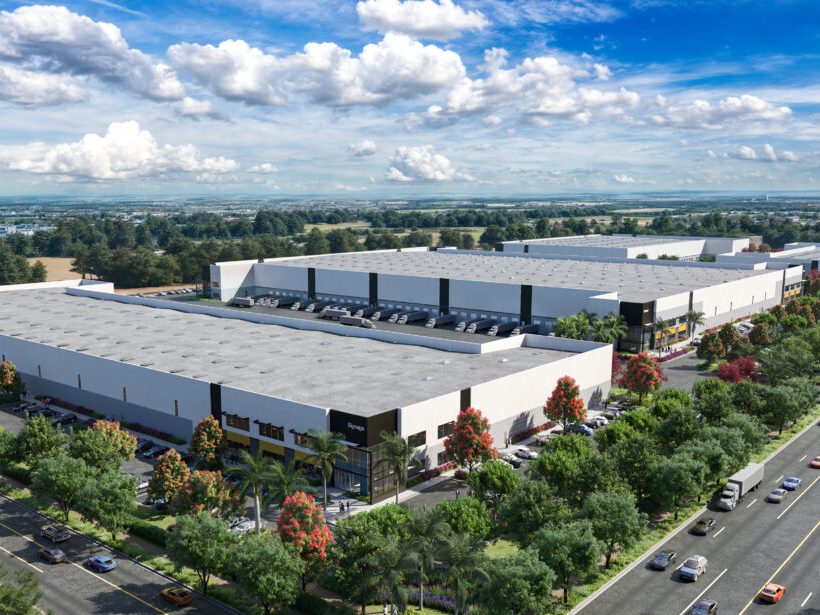
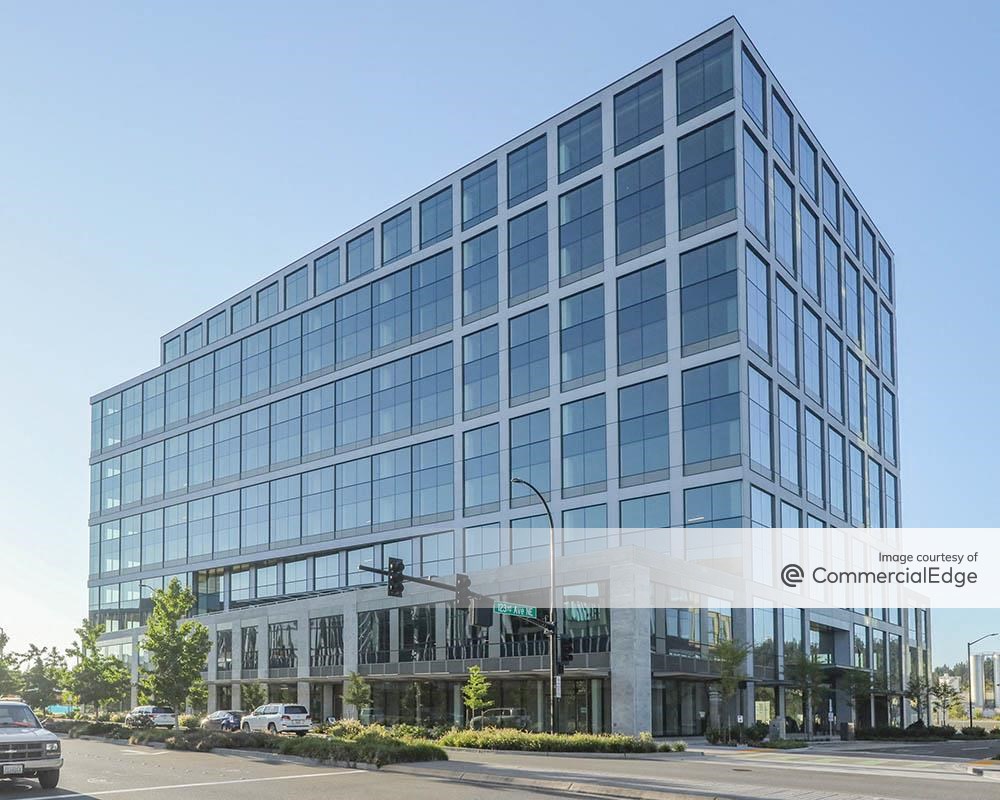
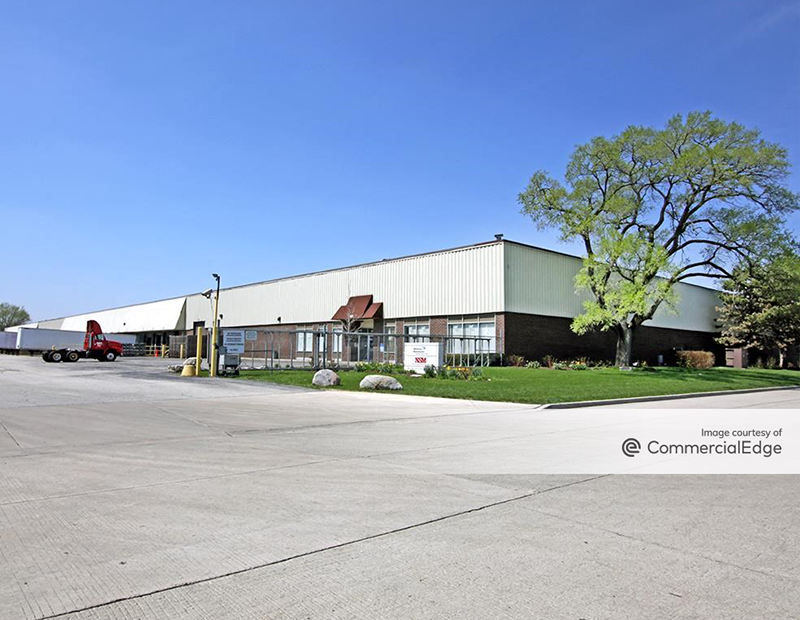
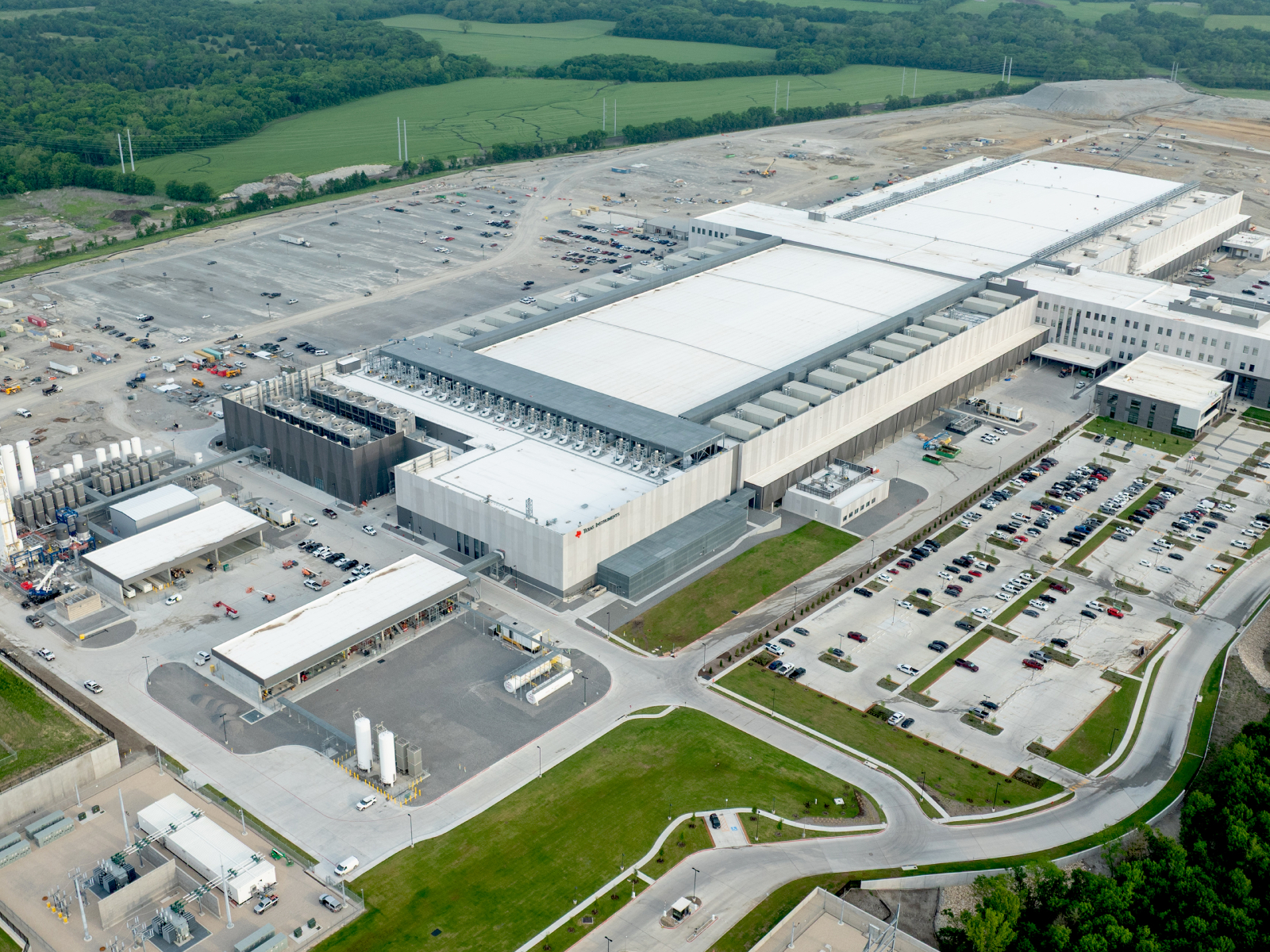
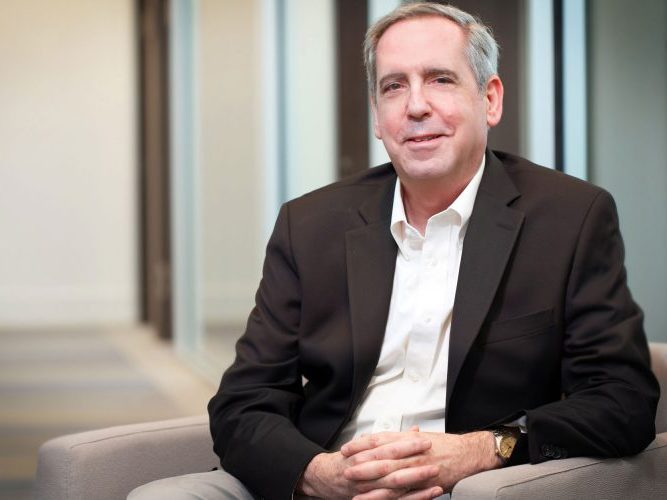

You must be logged in to post a comment.